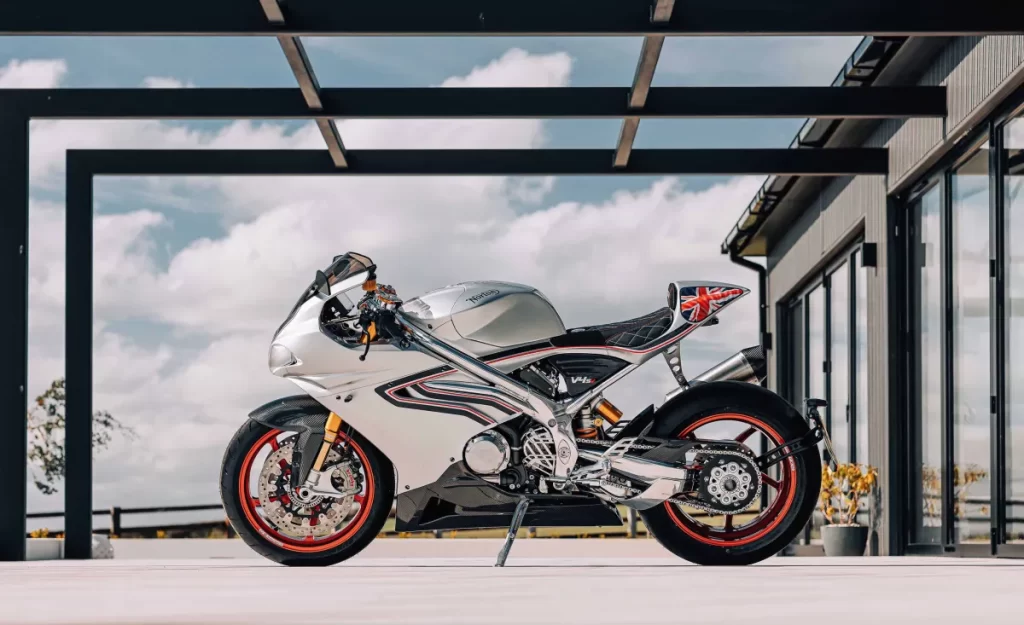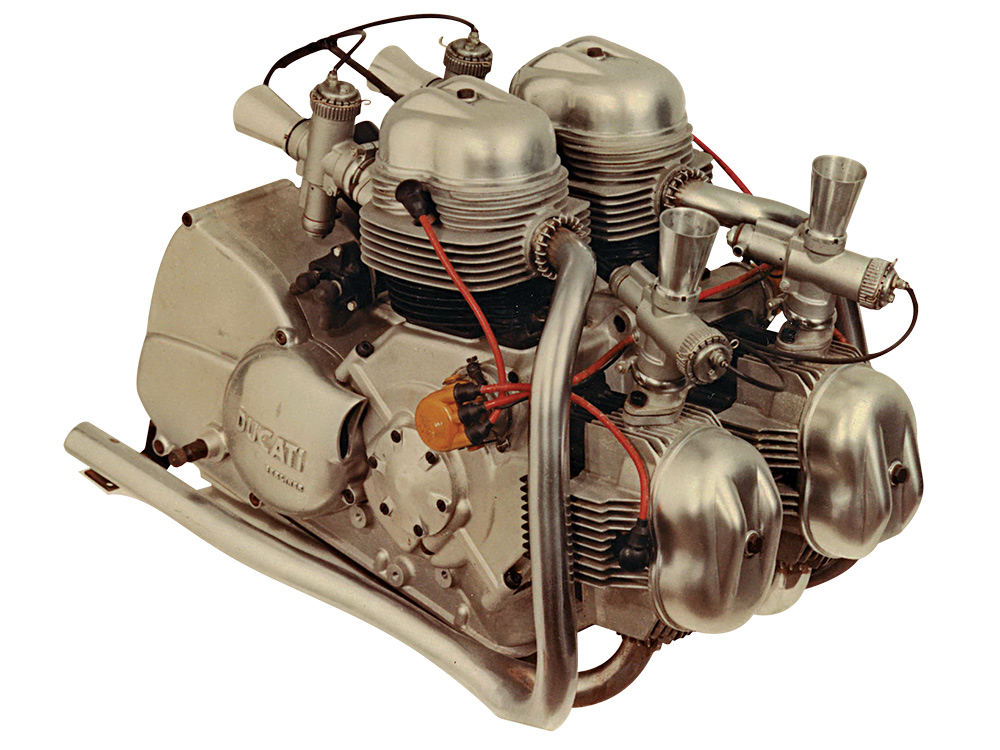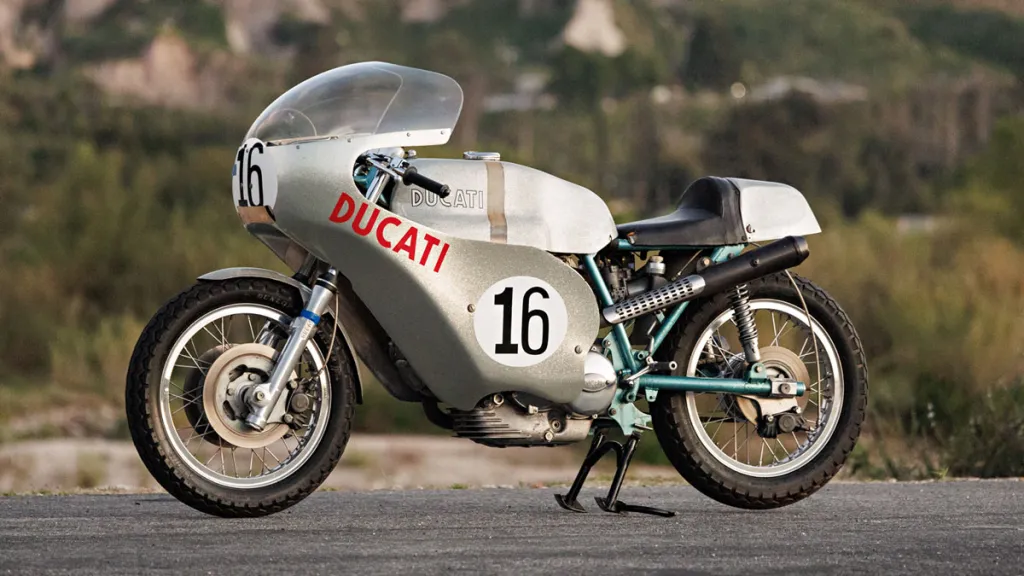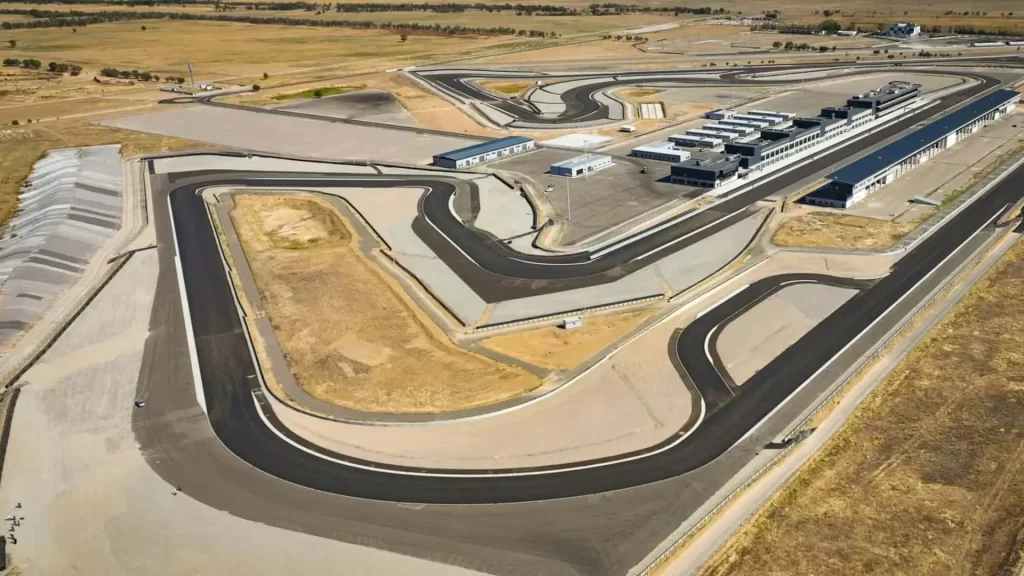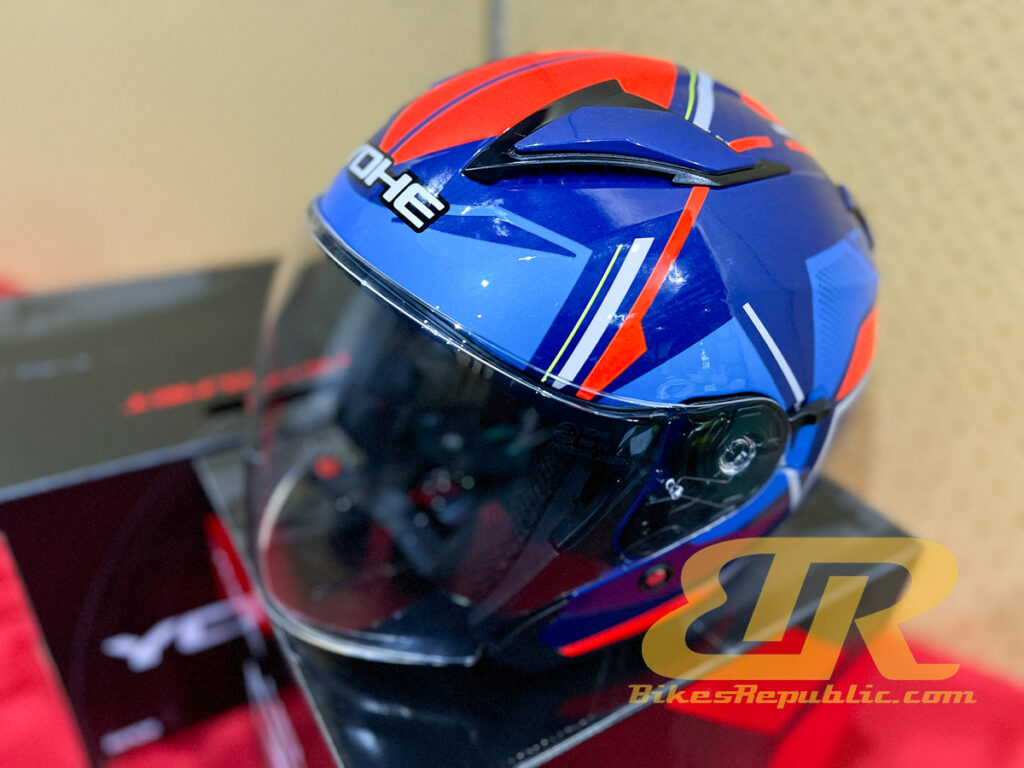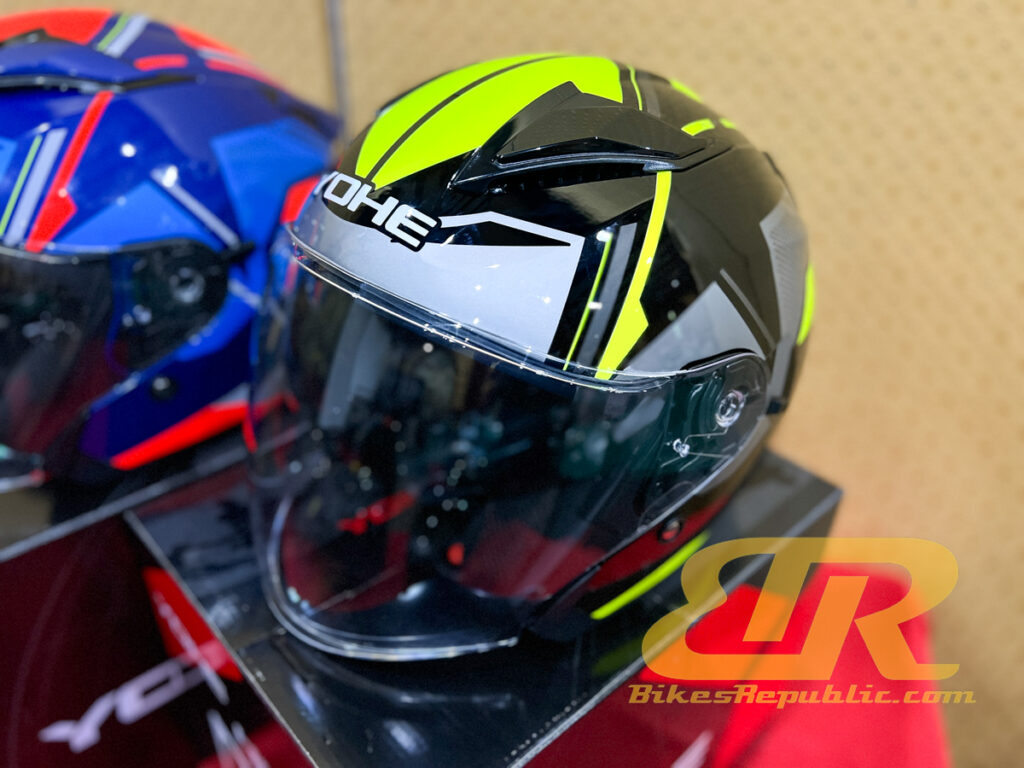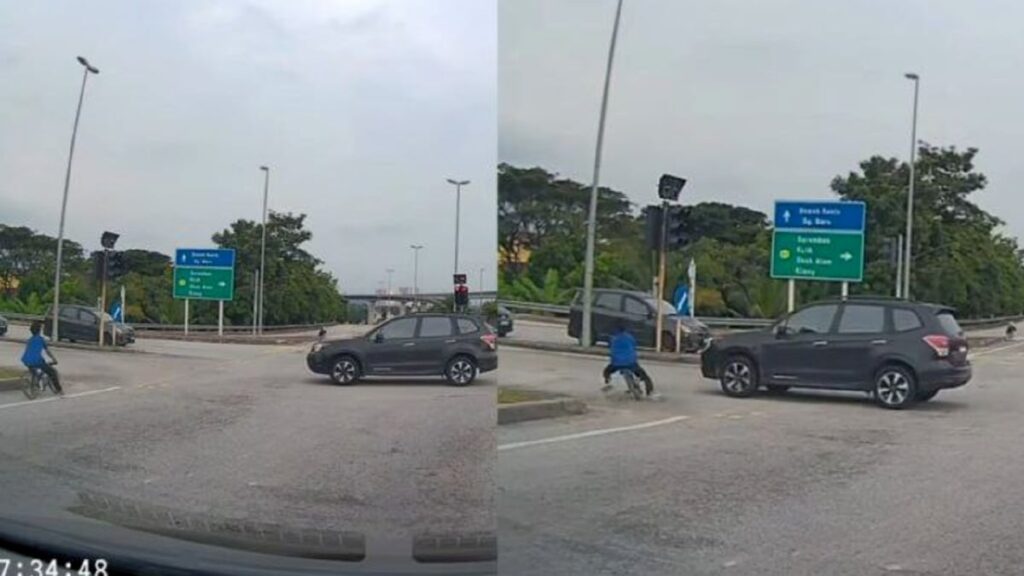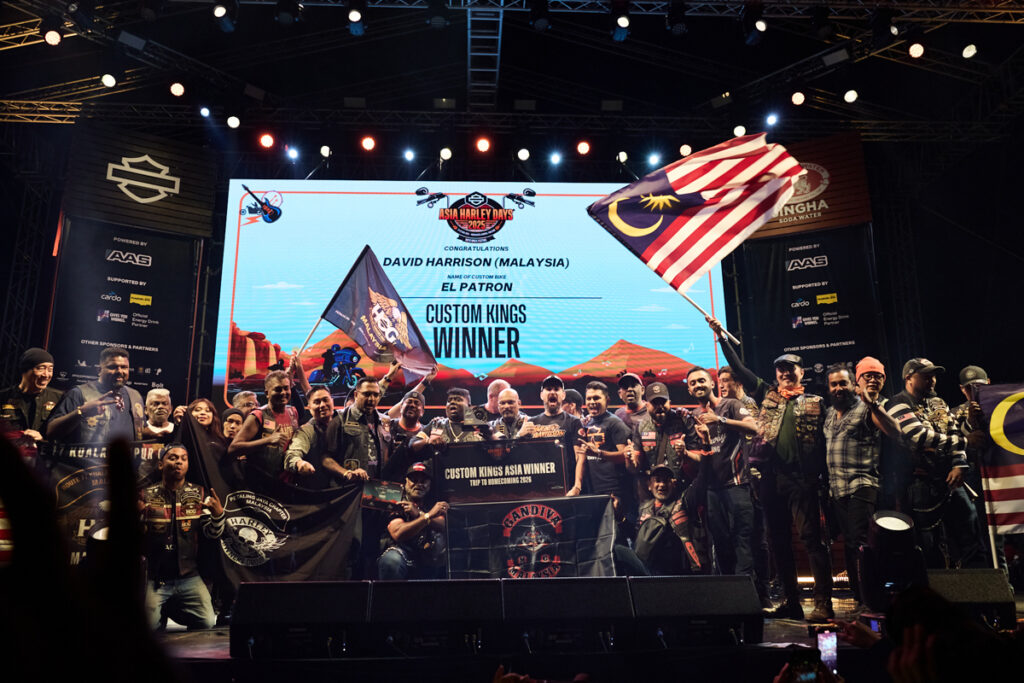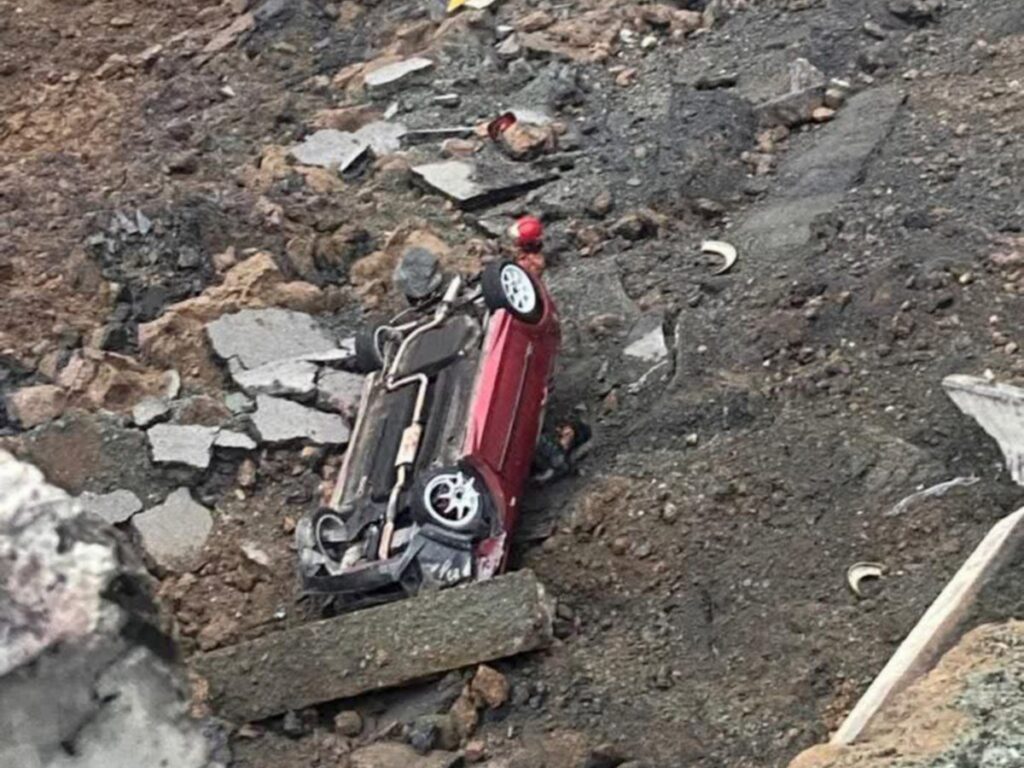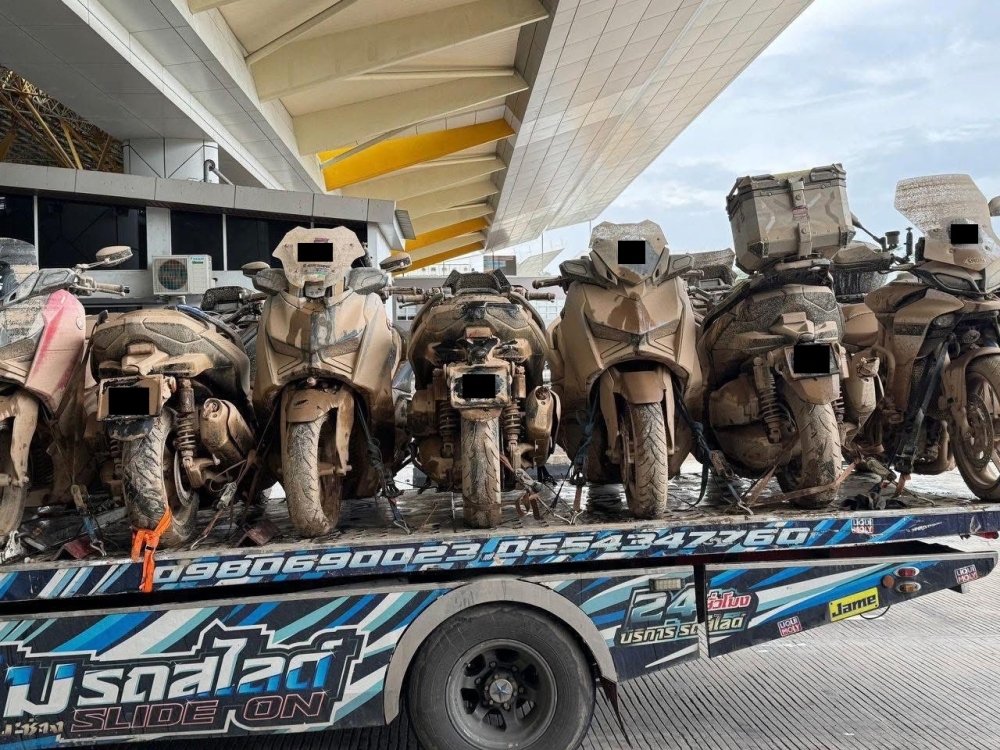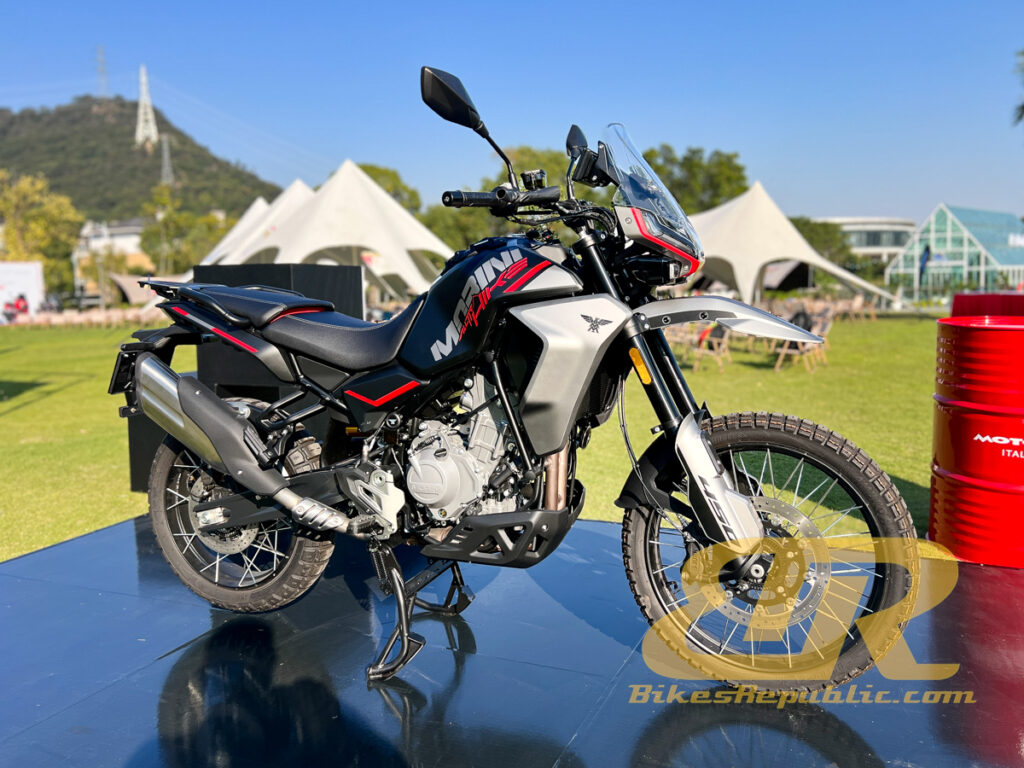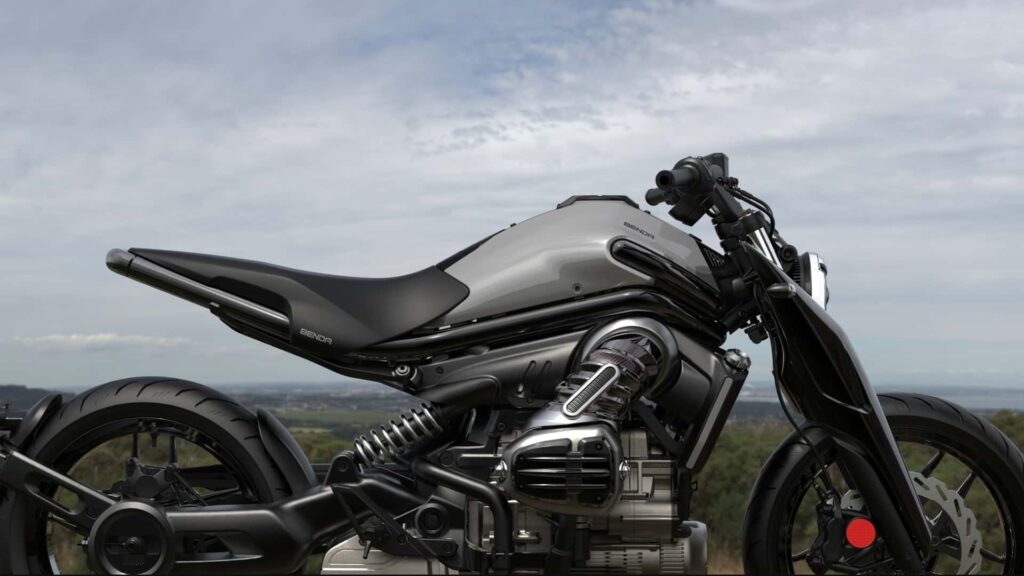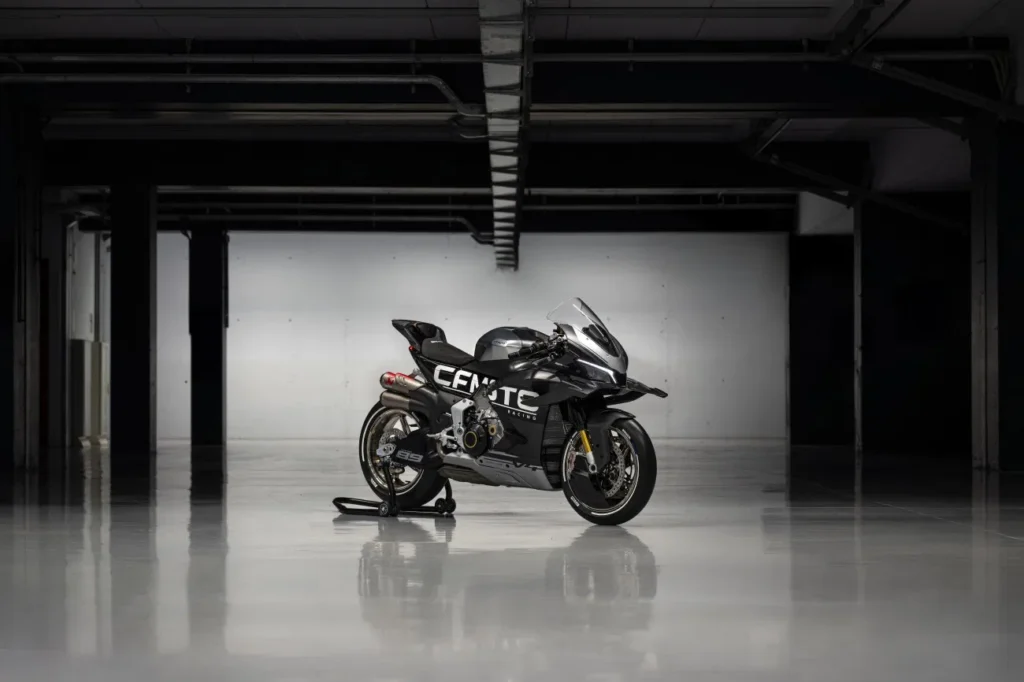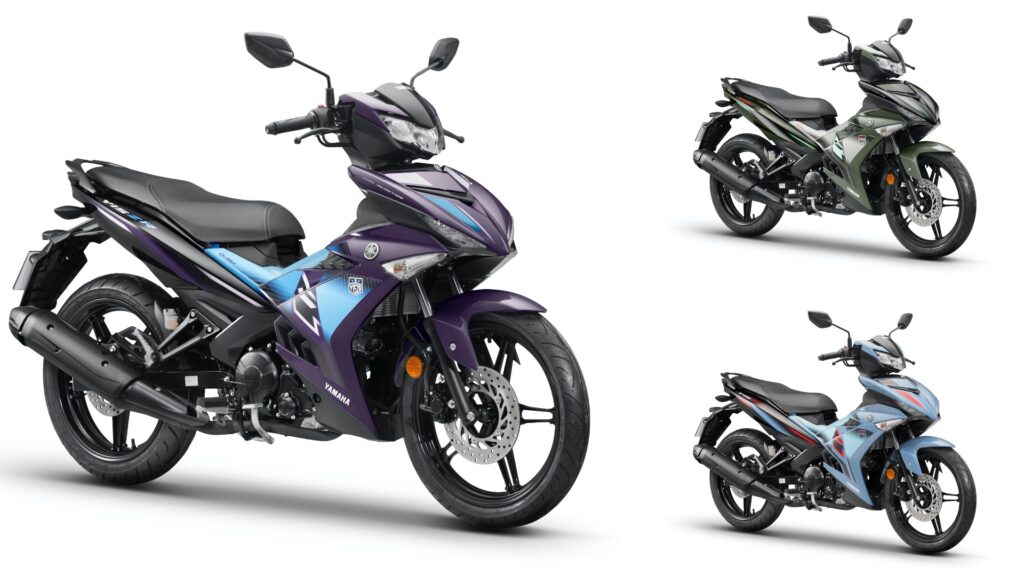Norton Motorcycles began in 1898 and has gone through a tumultuous history of innovations, racing and sales successes, decline, takeovers, and revivals.
There were three episodes of revival, first under an North American investment company, followed by Stuart Garner, and finally presently by India-based TVS Motor Company in 2020.
TVS Motor has great plans for the legendary brand and is looking forward to expanding it globally.
Begin Press Release
Norton Motorcycles, part of the TVS Motor Company, announced its investment and growth plans to put the company in the ideal place for international expansion. At the Goodwood Festival of Speed, members of Norton’s senior leadership team – Sudarshan Venu, Dr Robert Hentschel and Richard Arnold – shared the vision of the brand and discussed how Norton is now perfectly placed to expand globally.
Sudarshan Venu, Managing Director, TVS Motor Company, said: “Our vision, commitment and investment into the Norton brand is entering an exciting phase. We look forward to sharing that with motorcyclists across the world.”
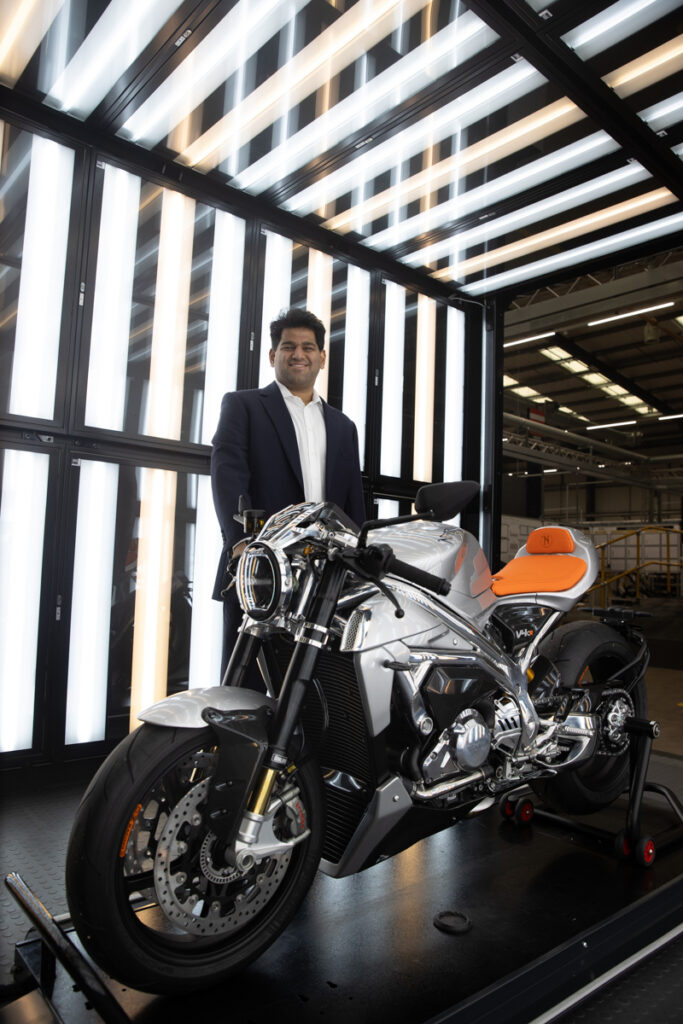
With TVS Motor’s backing and global capabilities, Norton is being reinvigorated as a global
brand, led by a strong and dynamic team.
TVS Motor has committed £200 million across the life of the investment in new product development, facilities, research and development and world class quality engineering. The new Norton motorcycles will follow the company’s philosophy of ‘Design, Dynamism, and Detail’. Exciting product launches are being planned starting next year, with six new models planned over the next three years. As part of this, Norton is preparing for international expansion with an initial focus on the USA, Germany, France, Italy and India.
Appointments include Richard Arnold, Norton Executive Director, former CEO of Manchester United Football Club and Dr. Robert Hentschel, Executive Director & CEO, of Norton Motorcycles. Bringing together the right people has put Norton in the best position to capitalise on its growth.
As a result of TVS’s investment and support, Norton’s revitalised research and development has been channelled into its product pipeline through its state-of-the-art facility in Solihull, UK. Testament to this is the One of One V4SV, inspired by Steve Hislop’s ‘White Charger’ that sped up the Goodwood Hillclimb every day of the festival.
Dr. Robert Hentschel, Executive Director & CEO, said: “The investment in research and development and leadership has us positioned to take six exciting products to countries across the world, with world class quality and scale, spelling another epoch of success in the Norton story. Our focus on design, drivability and details will maximise the exciting opportunity for Norton as well as for those new customers that choose one of our motorcycles.”
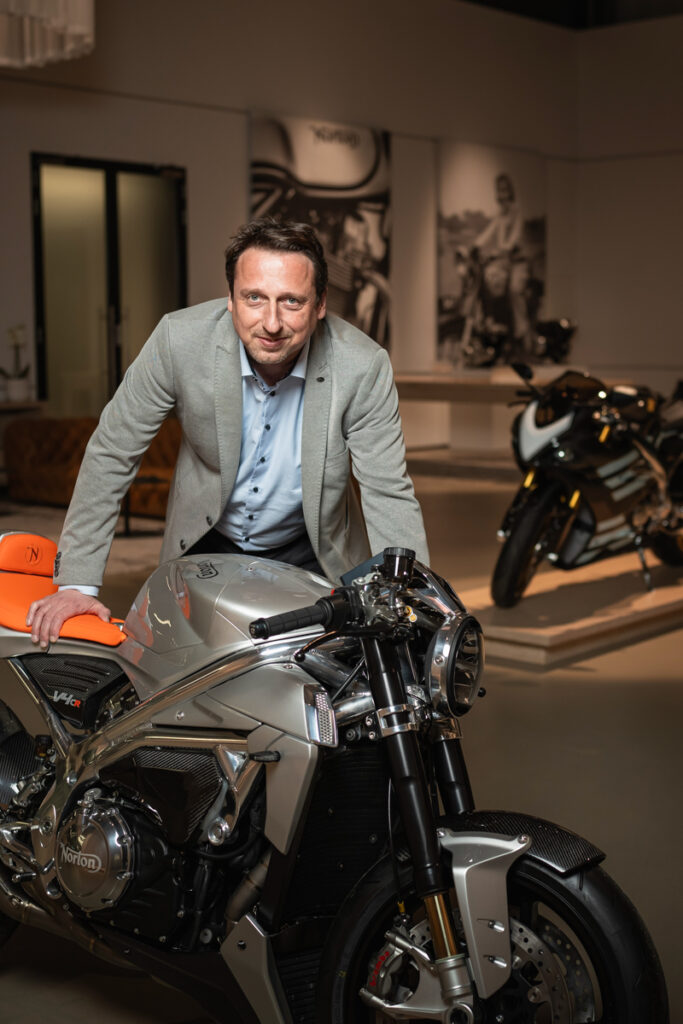
This year also marks the completion of Norton Motorcycles honouring Norton Motorcycles UK Ltd (NMUL) customers. After investing £2.3 million into the development, manufacturing and re-engineering of the Commando and V4 platforms, the fulfilment and delivery of orders for customers of the previous company signifies the closing of a significant chapter in which Norton can fully focus on the company’s future.
Richard Arnold, Executive Director, said: “Norton’s heritage is vast, and plays a key part in our development as a global brand. It’s important for us to prioritise our customers, both in the present and the future. Not only with new bikes but also with every touch point of the Norton experience. The products currently in testing and development are incredibly exciting. Bikers around the world will love to ride them and love to own them, I am looking forward to expanding their availability to local dealers in new territories and connecting with bikers to share the Norton journey.”
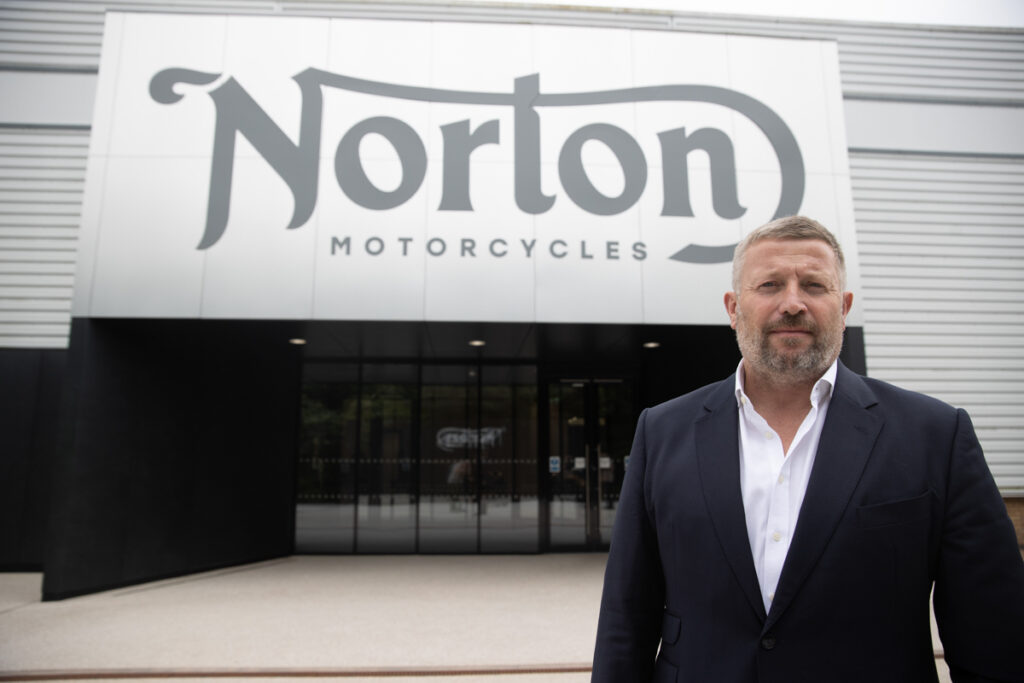
End Press Release
So, let us look forward to Norton reentering Malaysia’s market, shall we?

